Introduction
Zongzi, a traditional Chinese rice dumpling wrapped in bamboo or reed leaves, holds cultural significance tied to the Dragon Boat Festival. These pyramid-shaped treats, filled with ingredients like glutinous rice, red bean paste, or salted egg yolk, are labor-intensive to prepare. Modern convenience has introduced freezing as a preservation method, allowing enthusiasts to enjoy zongzi year-round. Yet, a critical question arises: How long can frozen zongzi remain safe and delicious? This article explores the shelf life of frozen zongzi, examining scientific principles, storage practices, and cultural implications to provide a comprehensive answer.
The Freezing Process and Its Impact on Zongzi
Freezing zongzi involves lowering its temperature below 0°C (32°F), halting microbial growth and enzymatic reactions that cause spoilage. However, the quality of frozen zongzi depends on the freezing rate and packaging. Rapid freezing, achievable through household freezers set to -18°C (0°F) or colder, minimizes ice crystal formation. Slow freezing, common in older freezers, creates larger ice crystals that damage cell structures, leading to mushy textures upon thawing.
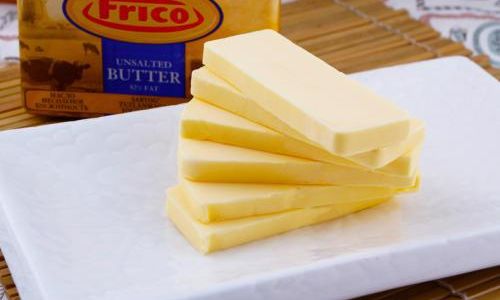
The composition of zongzi influences freezing outcomes. Glutinous rice, rich in starch, undergoes retrogradation—a process where starch molecules realign, causing firmness. Fillings like pork or mushrooms contribute fats and proteins, which oxidize over time, affecting flavor. Sweet fillings, such as red bean paste, may develop off-flavors due to sugar crystallization if improperly stored.
Factors Influencing Shelf Life
- Temperature Stability: Fluctuations in freezer temperature accelerate degradation. Each degree above -18°C shortens shelf life by 2–4 weeks.
- Packaging: Airtight containers or vacuum-sealed bags prevent freezer burn, which dehydrates and oxidizes the surface. Aluminum foil or plastic wrap alone are insufficient, as they allow moisture loss.
- Ingredients: Meat-filled zongzi spoil faster than vegetarian varieties due to higher fat and protein content, which support bacterial growth if thawed improperly.
- Initial Quality: Freshly made zongzi, frozen within 2 hours of cooking, retain better texture and flavor than those stored for days before freezing.
Recommended Storage Practices
- Label and Date: Use waterproof markers to note the freezing date. Consume within 6–12 months for optimal quality.
- Avoid Overloading: Overcrowding the freezer reduces airflow, causing uneven cooling.
- Thaw Safely: Defrost zongzi in the refrigerator (4°C/39°F) for 12–24 hours. Avoid countertop thawing, which risks bacterial proliferation.
- Never Refreeze: Once thawed, zongzi should not be refrozen, as reheating cycles degrade texture and safety.
Identifying Spoilage in Frozen Zongzi
Spoilage signs include:
- Freezer Burn: White or grayish-brown dry patches on the surface, caused by dehydration. While safe to eat, the texture becomes leathery.
- Off Odors: Sour, ammonia-like, or rancid smells indicate bacterial or yeast activity.
- Texture Changes: Sliminess or excessive softness, even after cooking, suggest microbial growth.
- Mold: Uncommon in frozen zongzi but possible if packaging is compromised.
Health Risks Associated with Expired Frozen Zongzi
Consuming spoiled zongzi can lead to foodborne illnesses. Pathogens like Bacillus cereus and Staphylococcus aureus survive freezing and produce heat-resistant toxins. Symptoms include nausea, vomiting, and diarrhea. Cooking zongzi to an internal temperature of 74°C (165°F) kills most bacteria but not their toxins. Thus, discarding questionable zongzi is safer than risking illness.
Traditional Preservation Methods vs. Modern Freezing
Historically, zongzi preservation relied on drying, smoking, or burying in cool cellars. These methods extended shelf life to 2–3 months but altered flavor profiles. Modern freezing preserves original tastes and textures when done correctly. However, traditionalists argue that freezing diminishes the ritualistic aspect of seasonal consumption. Balancing tradition with convenience requires adhering to strict freezing protocols.
Commercial vs. Homemade Frozen Zongzi
Commercially produced zongzi often use liquid nitrogen freezing (-196°C/-321°F), which minimizes ice crystals and preserves quality for 18–24 months. Additives like sorbic acid or citric acid inhibit microbial growth. Homemade zongzi, lacking such technology and preservatives, have a shorter shelf life (6–12 months). However, artisanal producers may adopt vacuum sealing and rapid freezing to bridge the gap.
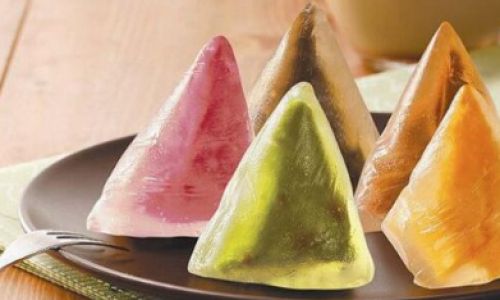
Cultural and Economic Implications
The global popularity of zongzi has driven innovations in freezing. Asian supermarkets now stock frozen zongzi year-round, catering to expatriates and curious consumers. This shift supports small businesses but raises environmental concerns about plastic packaging waste. Eco-friendly alternatives, like biodegradable wraps, are emerging but require further testing for freezing compatibility.
Scientific Studies on Frozen Rice Products
Research indicates that glutinous rice’s starch content affects freezing tolerance. A 2021 study in the Journal of Food Science found that zongzi frozen at -30°C (-22°F) retained 85% of its original texture after 9 months, compared to 60% at -18°C. Another study highlighted that vacuum packaging reduced lipid oxidation in meat-filled zongzi by 40% over 12 months.
Debunking Myths About Frozen Zongzi
- Myth: Freezing kills all bacteria.
- Reality: Freezing only inactivates bacteria; they revive during thawing.
- Myth: Reheating multiple times is safe.
- Reality: Each reheating cycle increases bacterial growth risks.
- Myth: Freezer burn means the food is unsafe.
- Reality: Freezer burn affects quality, not safety, if stored correctly.
Conclusion: Balancing Tradition and Food Safety
Frozen zongzi can last 6–12 months under optimal conditions, with commercial varieties enduring up to 24 months. Achieving this longevity demands strict adherence to freezing temperatures, packaging, and hygiene. While modern freezing preserves culinary heritage, it requires respect for scientific guidelines to ensure safety. As global palates embrace zongzi, understanding its shelf life becomes not just a practical concern but a bridge between tradition and innovation.
Final Thoughts
The next time you unwrap a frozen zongzi, remember that its journey from leaf-wrapped delicacy to freezer staple involves a delicate dance of science and culture. By prioritizing proper storage and mindful consumption, you honor both the ancestors who perfected this dish and the future generations who will savor it. Whether enjoyed during a festival or a spontaneous craving, frozen zongzi remains a testament to humanity’s ability to preserve tradition through time and temperature.
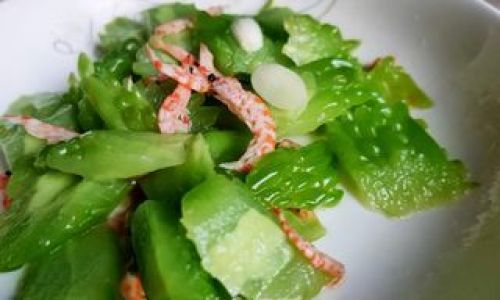
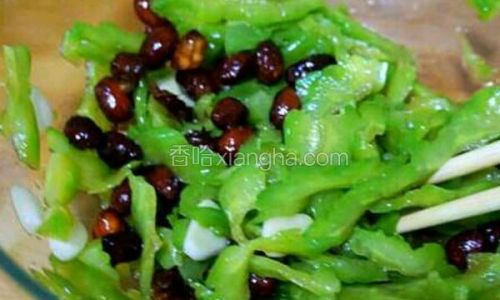

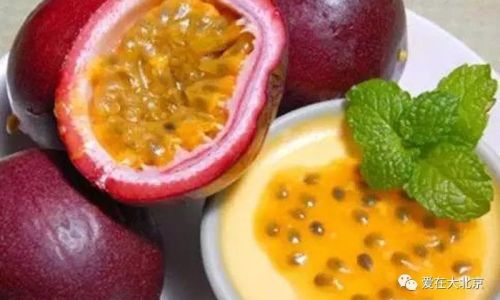

0 comments